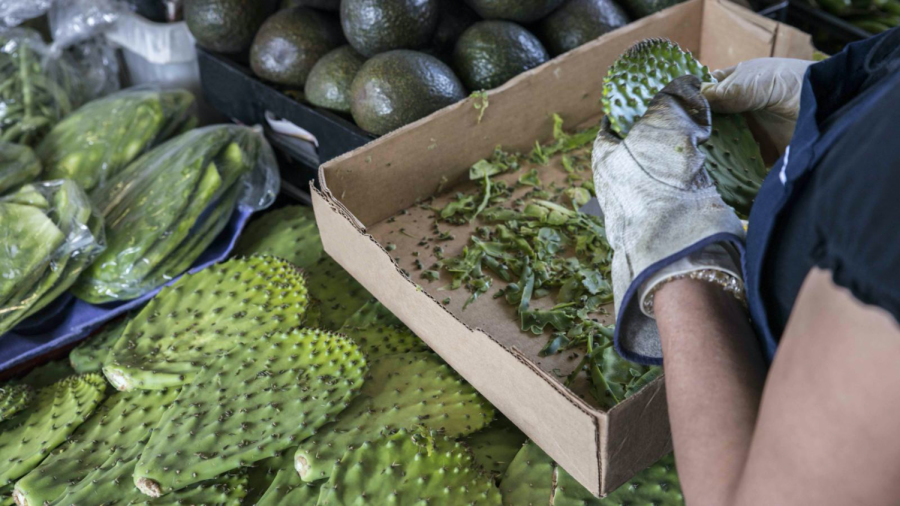Nopal: Mexico’s ‘Green Gold’
Staple crops are any important crop that people grow to sustain their food economy and are often a huge part of daily meals for people in a specific region. For instance, many Asian countries consider rice a staple crop. In Mexico, though, the prickly pear (also known as nopal) is on the rise. While rice, corn, and beans are the main food staples in Mexico along with the prickly pear, nopal provides so much more than food.
To begin with, what exactly is nopal? It is the edible fruit that grows off of a cactus and is surprisingly sweet! It goes by many names other than prickly pear and nopal including opuntia, tuna fruit, and sabria. The fruit can vary in color from pink to orange to red to yellow and even green. After removing the cactus spines and skinning the fruit, it is widely usable in many dishes. It is used in Mexico to make soup, various appetizers, candy, juice, and much more. It is cheaper to grow than corn, survives better under the harsh desert climate in rural areas in Mexico, and it is a native plant to the country. What’s not to love?
Aside from being an ingredient in many delicious foods, it has been discovered that the waste product of the plant can actually be turned into fuel. Nopal is now being looked at as a potential new lifeblood for the Mexican fuel industry, which is currently dominated by non-sustainable fossil fuels. So, how does it work? Miguel Trancozo Trevino detailed the process in his article for the BBC, “First, the cacti are cut and processed to extract flour, which is used to make tortilla chips. The remaining inedible scraps….are mixed with cow dung in a bio-processor, a fermentation tank that heats the wasted cactus pulp. Then the fuel is distilled from the remaining liquid and collected via tubes and into a tank.”
While this process might not sound exciting, this breakthrough means that more jobs will be created in the industry and Mexico will no longer have to rely on traditional fuel. Miguel Angel Ake, the owner of a company that grows nopal, even has hope of eradicating the need for fossil fuels in Mexico at all, “‘With the amount of nopal we have in Mexico, and a productivity of over 100 tonnes of gas per acre, we believe that this could eventually replace the traditional use of gas and fuel of non-renewable sources’…” (Trevino, BBC). With hope, nopal could become the next big renewable fuel source in Mexico. It would be cheaper to grow, use up less water, create more jobs, and provide cheaper food alternatives for people who cannot afford the more expensive corn.

